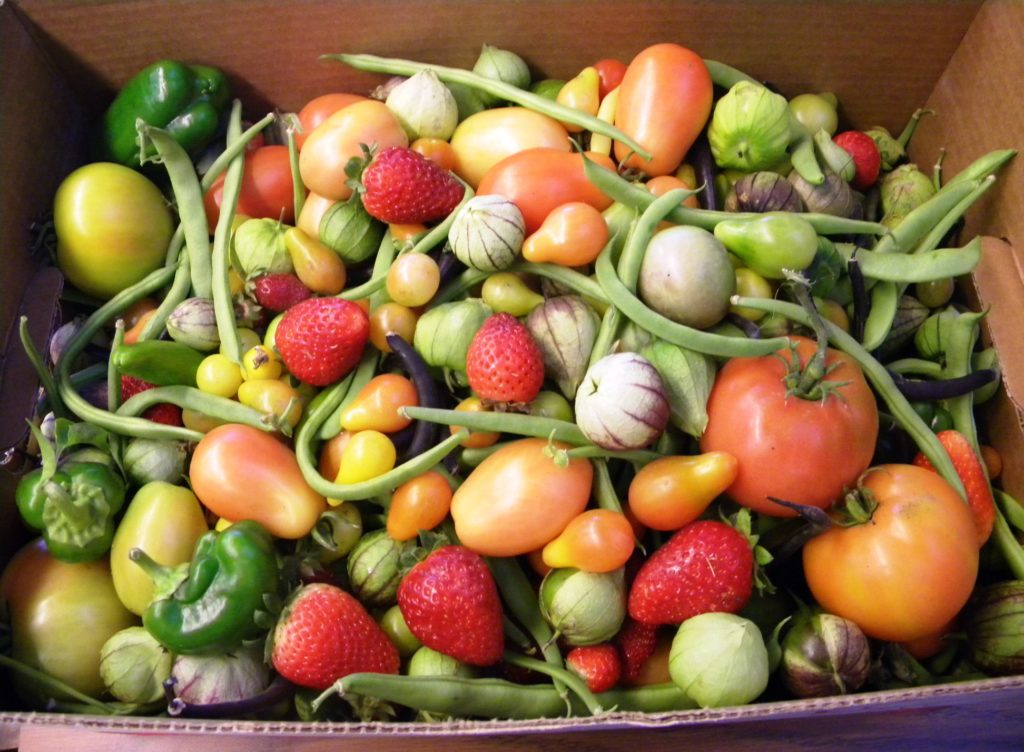How Can We Help?

Plant Start Distribution
The space and inputs barrier can be lowered through the creation of a community garden where the cost of land and inputs can be spread across all participants. Time and motivation can become huge barriers in the height of the summer, but can be overcome by connecting your volunteer/donor with the recipients of their hard work and other ways of acknowledging their hard work. As for plant starts and seeds find those in your community that have an abundance of these goods. That could look something like this:
High School Horticulture Class/Future Farmers of America
This can be an excellent source for securing donations of plant starts. The classes are required to grow a certain number and variety of plants that are often sold in plant sales to raise money for their clubs. Clubs such as FFA and 4H are exposed to different aspects of farming and environmental studies, and are required to fulfill a number of community service hours to maintain membership. It becomes mutually beneficial to form a relationship with the teachers overseeing these projects when you spread the word about their plant sale in return for the leftover vegetable starts. Students can also be brought on as volunteers in PAR gardens to fulfill community service requirements.
Local Garden Center
What better way to stand out from the big box garden center competitor as a local nurseryman than to offer free or discounted plants and seeds to benefit PAR with qualified purchases? Media coverage at the height of the planting season that is mutually beneficial to the local garden center and a local hunger relief solution can be priceless.
Distribution can be a challenge when you receive hundreds or thousands of vegetable starts all at once and you have no place to put them or water to keep them alive if you did have the space. Avoid this by staying in touch with your potential donors and having a good idea of what quantities your PAR volunteers can absorb. When distributing vegetable starts try to make the transfer as direct as possible; otherwise, the plants will suffer as will you. This can be achieved by having individuals pick up their starts from a central location or delivering directly to a larger garden that will handle planting and distribution from that point. For donations and distribution of seeds, see the, Master of Free Seeds’ Spokane PAR Chapter, for insight into this process.
Lessons Learned Overall
- Have a clearly defined objective and plan in place for achieving it.
- Be flexible; every problem you have an idea or solution for, no matter how brilliant, may not work out as conceived. Step back, and get a better understanding of how to achieve your goal in a way that works for everyone involved.
- Cast a broad net when searching for support; you will be surprised how opportunities arise in the most unexpected places. It never hurts to ask.
- Follow through. Plant a Row is not a priority for most; a continuous presence is essential.
- Some seeds take longer to sprout than others. Be patient, be proactive and don’t get discouraged.


